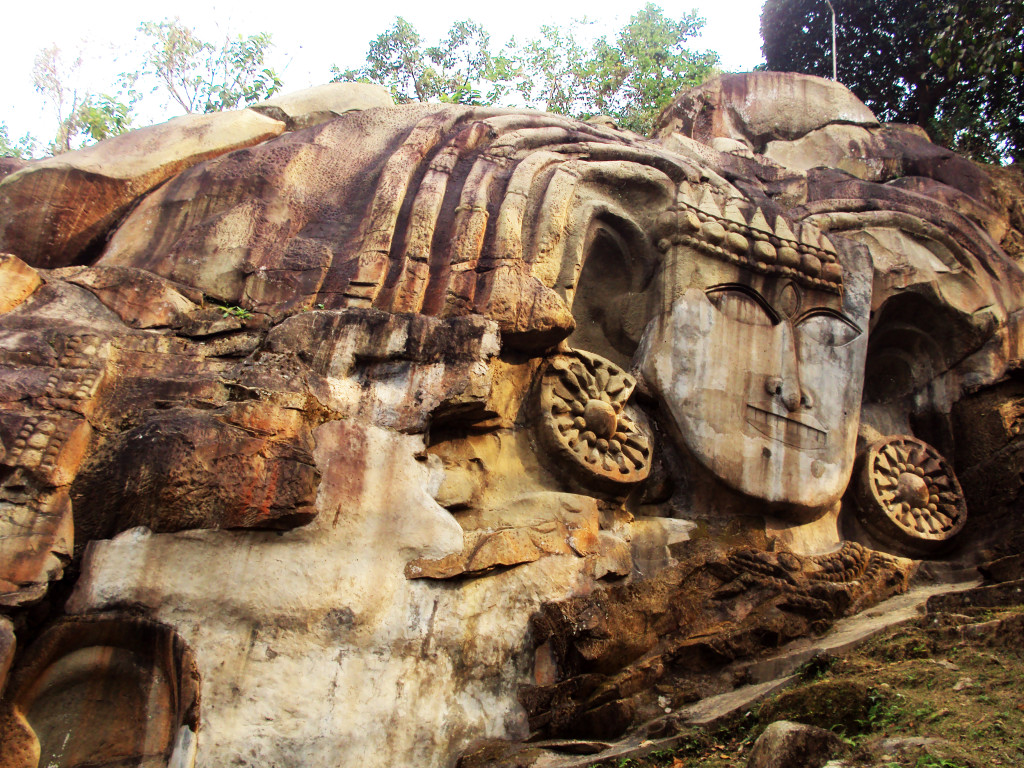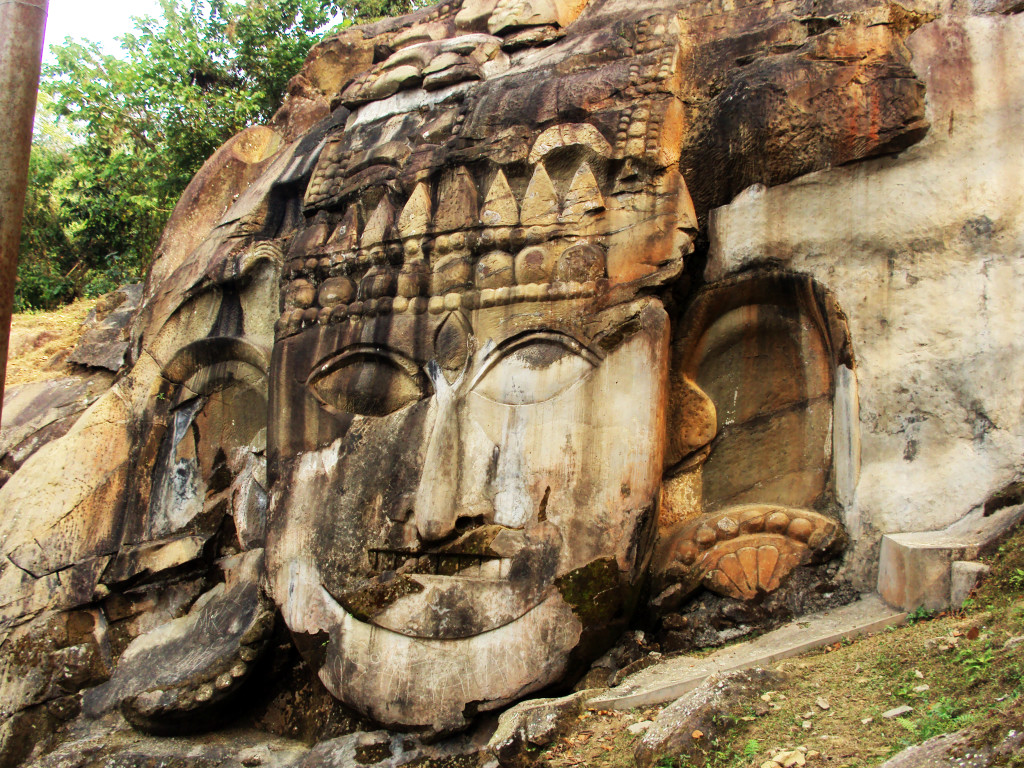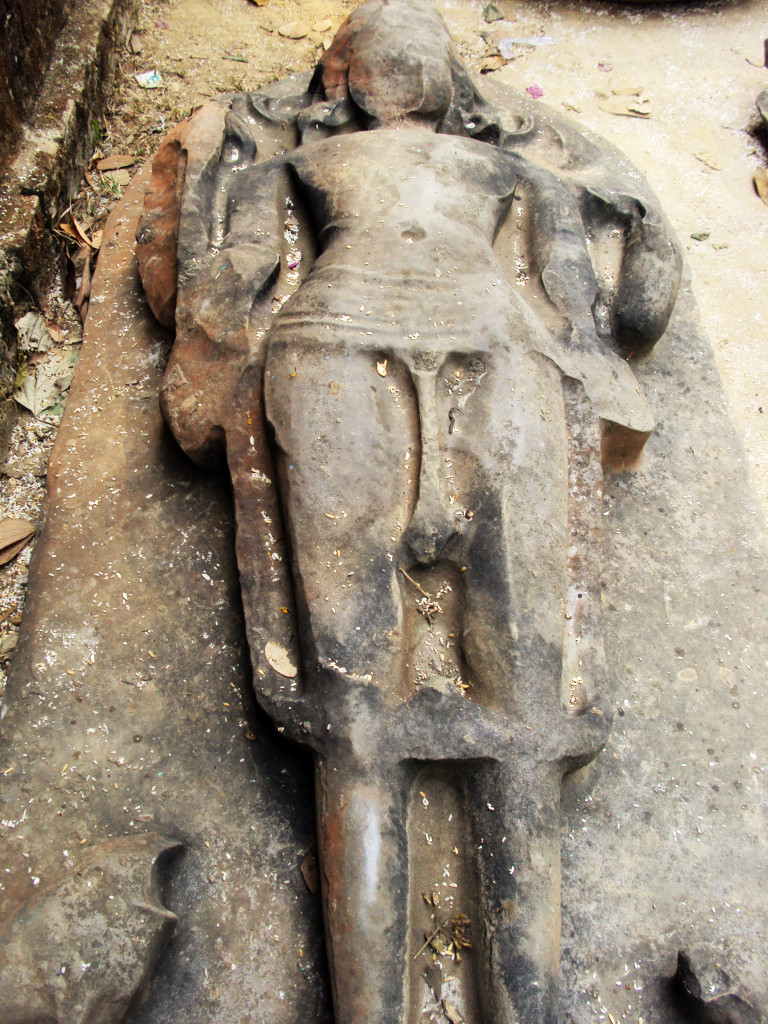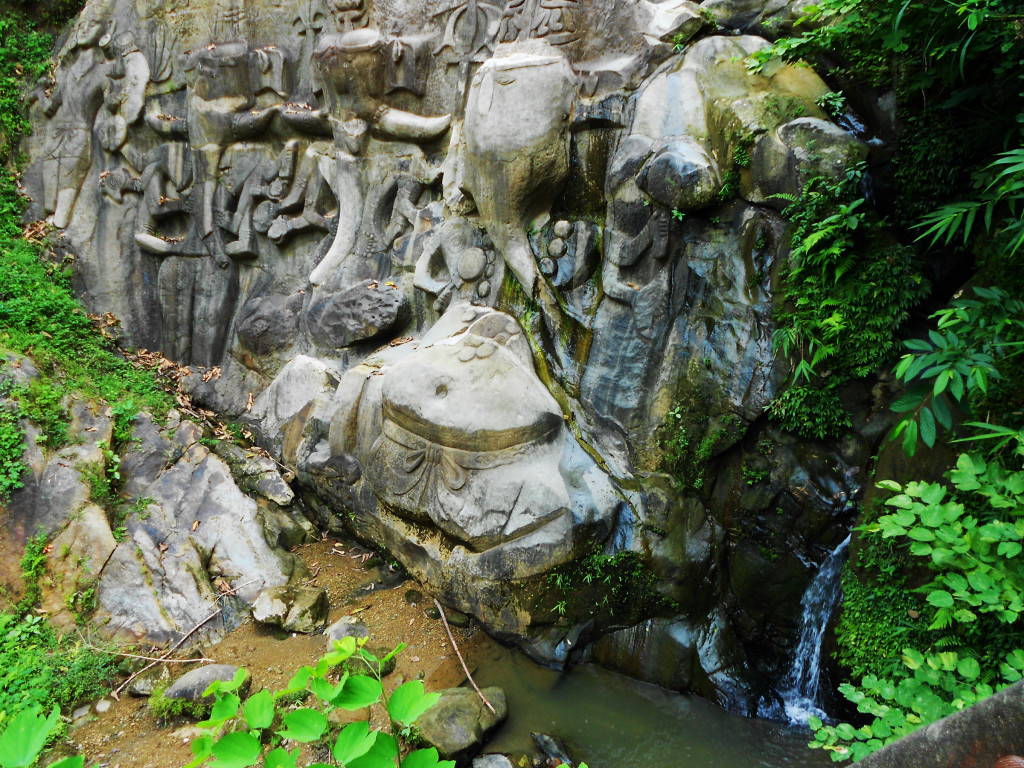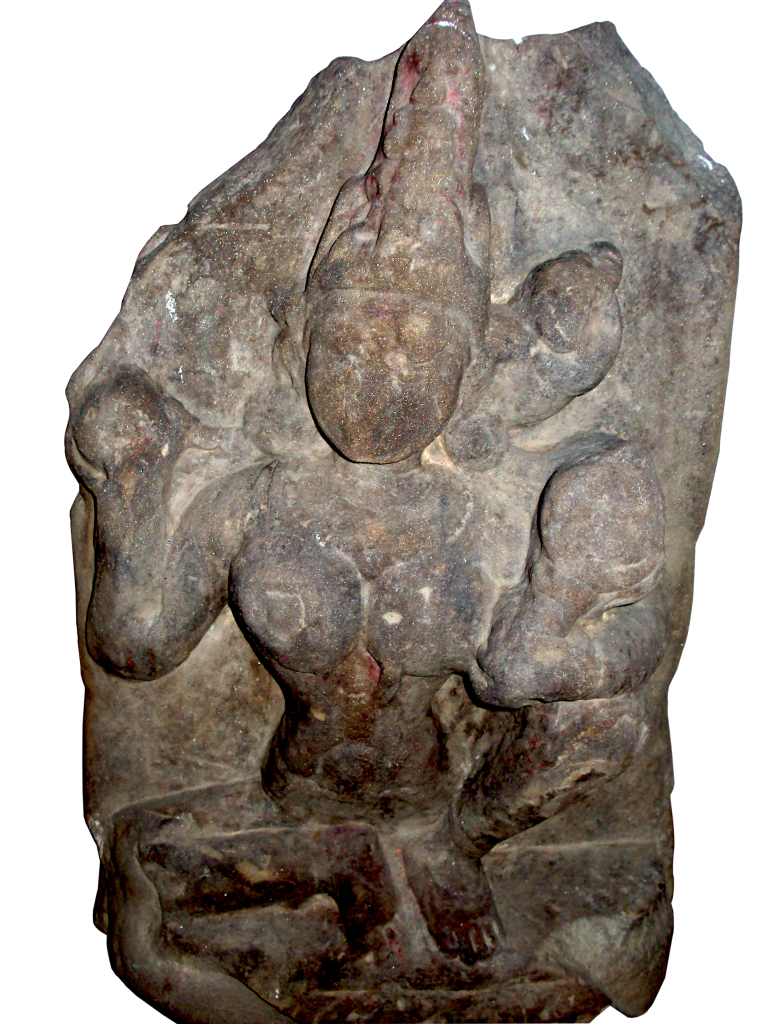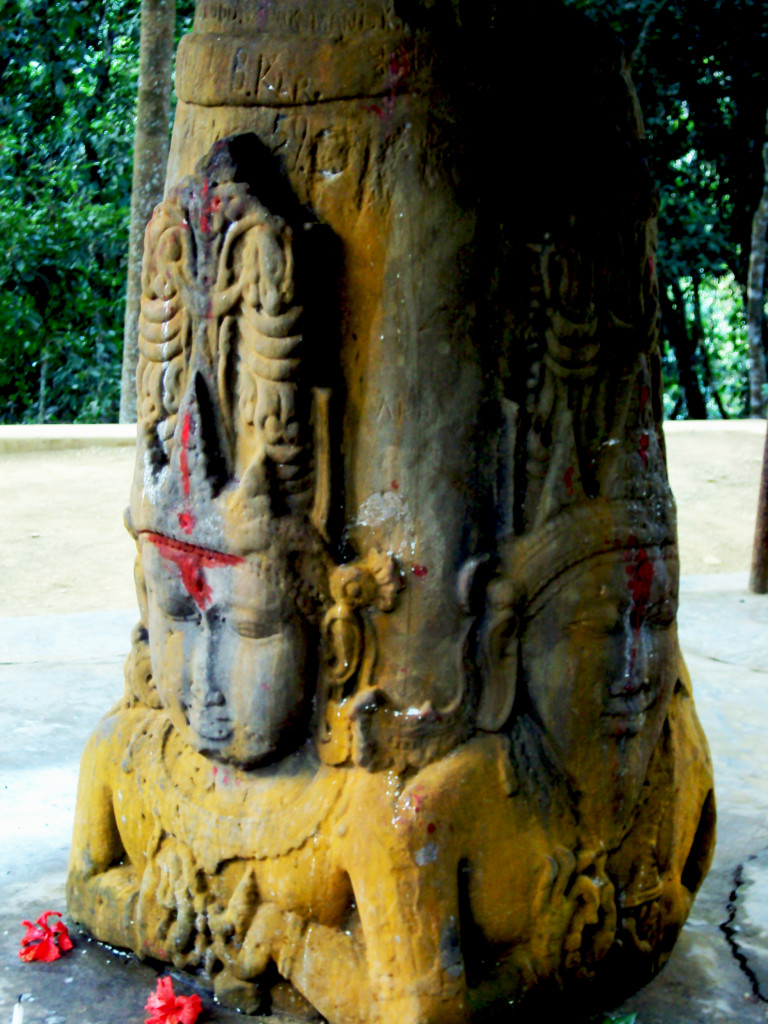The Unakoti Tirtha is a unique place 178 km from Agartala (in North East India) which cannot be compared to any other place in the country in terms of absolute grandeur and artistry. Unakoti is deservedly reputed for its 7th – 9th AD stone and rock cut images, deep in the forests near Kailashahar. Unakoti literally means one less than a crore, i.e. 99,99,999. The place obviously does not have those many sculptures, but the hundreds of massive rock-cut sculptures and those made out of sandstone, besides scattered ruins of ancient temples make Unakoti a unique place.
Legends say, according to Hindu mythology, when Lord Shiva was going to Kashi passing this place along with one crore other Gods and Goddesses, He had retired for the evening here. That night, He had asked His co-travelers to wake up before sunrise so they could proceed for Kashi on time. But, unfortunately nobody woke up except Lord Siva himself. Hence, He cursed them to become stone images. That is why we have one less than a crore stone structures there.
Another story associated with the site is a quite a different one. It goes like this. Once a renowned sculptor Kalukumar saw Lord Shiva in his dream. He was asked by the Lord to carve out one crore images of Gods and Goddesses in a single night to make the site as sacred as Varanasi. The sculptor, along with his associates worked all night and were able to almost complete the creation of one crore sculptures. However, when Kalukumar was just short of one sculpture, the idea dawned on him to carve out his own figure as well in order to attain immortality. But before he could complete his work, day broke out and the massive task of one crore sculptures and figures remained incomplete.
The central Shiva head known as Unakotiswara Kal Bhairava is about 30 feet high including an embroidered head-dress which itself is 10 feet high. On each side of the head-dress of the central Shiva, there are two full size female figures – one of Durga standing on a lion and another female figure on the other side. In addition three enormous images of Nandi Bull are found half buried in the ground.
A massive Ganesh figure is also carved in the complex while there is a Chaturmukha Shivlinga nearby. Among other rock-cut and stone images are those of Vishnu, Nandi, Narasimha, Ravana, Hanuman, and several unidentified deities.
The consensus among archeologists is that although the predominant influence of the Shiva cult is obvious, the sculptures were also influenced by several other cults like Tantric, Shakti, and Hatha yogis. It is also inferred that the site dates back to the period between the 12th and 16th centuries, and that the sculptures belong to two different periods of art.
Unakoti is a must for every traveler to the Indian North East. The road to Unakoti is as beautiful as the place. The Dhalai hills is the greenest forest I have ever seen. The bamboo and bananas almost touch the sky. You will cross the most beautiful villages all the way. It takes 5 hours in a private vehicle (about 200 kms from Agaratala) and you can come back at night to Agartala, as staying there may not be possible. But carry some thing for the mosquitoes.
Every year a big fair popularly known as Ashokastami Mela is held in the month of April which is visited by thousands of pilgrims. Another smaller festival takes place in January.
The site has suffered centuries of neglect causing degradation and loss of considerable scale to the rock art. Since its adoption by the ASI (Archaeological Survey of India) as a heritage site, the situation has slightly improved, though a lot of work including substantial excavation remains to be undertaken.The government of India has approached the UNESCO to declare it as a world heritage site. The Centre has recently granted Rs 12 crore to the state for developing the area, 178 km from here, as a major tourist destination.

